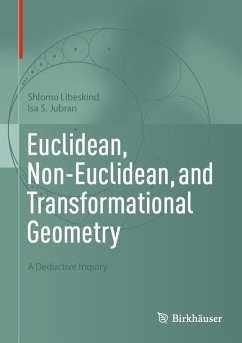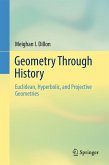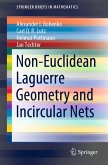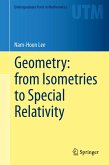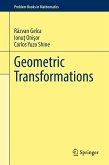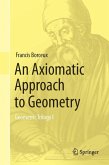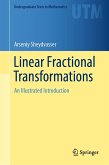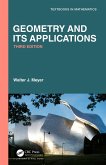The text first explores, at a higher level and in much greater depth, topics that are normally taught in high school geometry courses: definitions and axioms, congruence, circles and related concepts, area and the Pythagorean theorem, similarity, isometries and size transformations, and composition of transformations. Constructions and the use of transformations to carry out constructions are emphasized. The text then introduces more advanced topics dealing with non-Euclidean and less commonly taught topics such as inversive, hyperbolic, elliptic, taxicab, fractal, and solid geometries. By examining what happens when one or more of the building blocks of Euclidean geometry are altered, students will gain a deeper understanding of and appreciation for Euclidean concepts.
To accommodate students with different levels of experience in the subject, the basic definitions and axioms that form the foundation of Euclidean geometry are covered in Chapter 1. Problem sets are provided after every section in each chapter and include nonroutine problems that students will enjoy exploring. While not necessarily required, the appropriate use of freely available dynamic geometry software and other specialized software referenced in the text is strongly encouraged; this is especially important for visual learners and for forming conjectures and testing hypotheses.
Dieser Download kann aus rechtlichen Gründen nur mit Rechnungsadresse in A, B, BG, CY, CZ, D, DK, EW, E, FIN, F, GR, HR, H, IRL, I, LT, L, LR, M, NL, PL, P, R, S, SLO, SK ausgeliefert werden.

